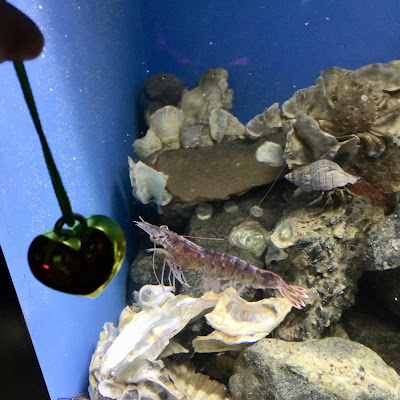1. Mutualism
This is a picture of a bee on a flower. This picture represents mutualism. Mutualism refers to a long-term relationship between two organisms where both organisms benefit. Flowers help bees by providing nectar; nectar is necessary for the bees to make honey. Bees help flowers by pollinating. When bees go from flower to flower, they collect pollen on their bodies, carry the pollen to other flowers, and pollinate those plants. The relationship between the bee and the flower is an example of mutualism because both benefit: the bee gets food, and the flower can reproduce.
























